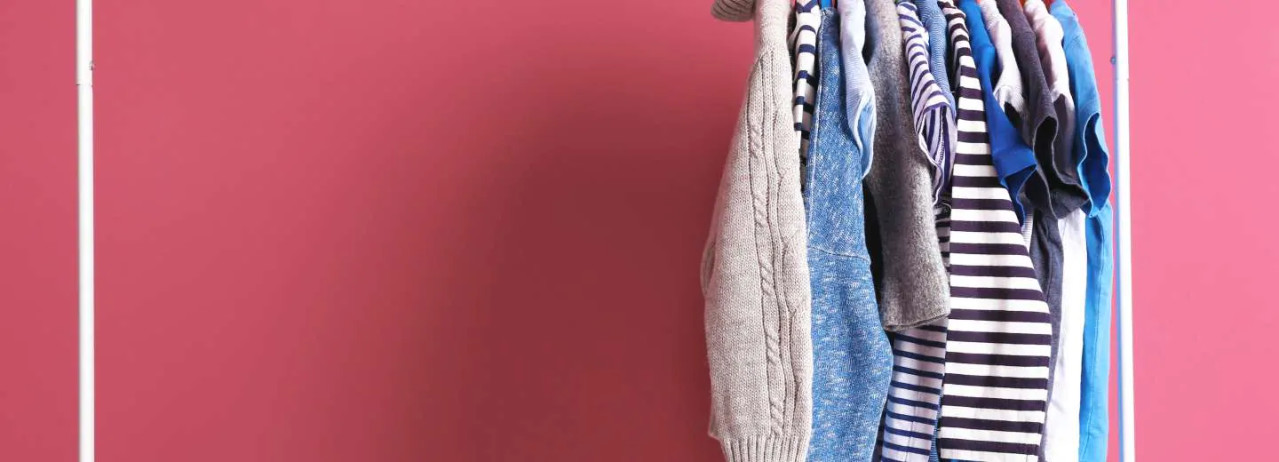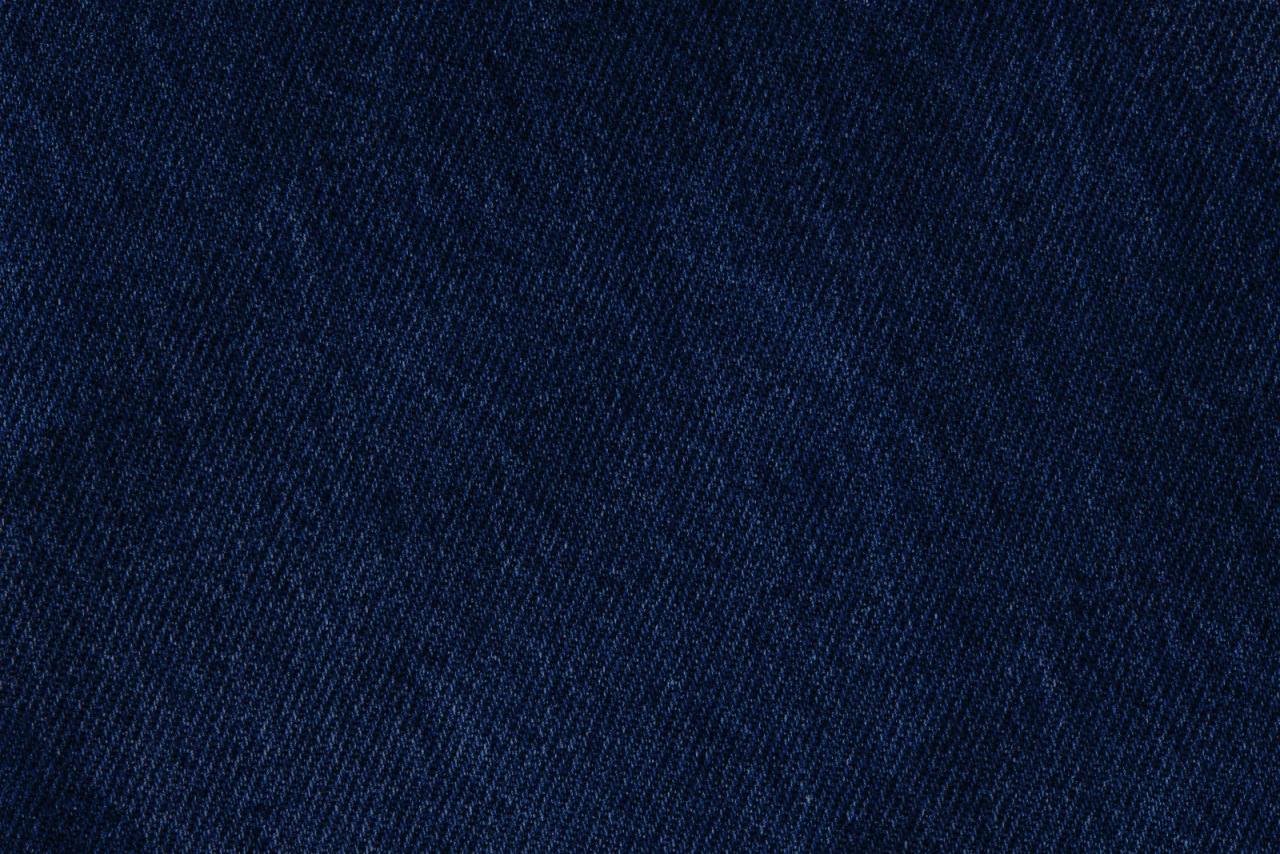Clothing is a huge, fascinating subject. There are different basic types of clothing material – everything from linen to polyester – but it doesn’t end there. A coat and a jumper can look and feel completely different, even if they’re both made out of wool. There are so many different types of fabric to choose from.
The three types of fabric classes
We can sort clothing fabrics into three broad classes. Of these, woven and knitted fabrics are the main contenders, made directly from yarns. However, occasionally, we see nonwoven fabrics. Nonwoven fabrics are made directly from fibres, often as new and sustainable alternatives made from recycled materials.
These classes of fabric all vary in terms of their construction, their wash performance, and fabric care requirements. Let’s look at the main differences between knitted and woven fabrics.
Although there are countless different fabrics, the many woven fabric types can be divided into three main weaves. Let’s take a look at them:

Good to know!
We’re going to use terms like ‘warp’ and ‘weft’ below – but what are we talking about? These are all terms used in the textile industry to describe the direction of yarns in different types of fabric. Woven uses ‘warp’ and ‘weft’ to describe the direction of yarns in a woven fabric, while knitted used ‘wales’ and ‘courses’.
There are three basic types of weave, from which all other weaves come from:
1. Plain weave
2. Twill weave
3. Satin weave
These all have varying degrees of yarn interlacement, which not only affects how a garment looks and feels but also how it behaves when worn and when washed:
The basic types of fabric weave: plain weave
Plain weave, as the name implies, is simple and straightforward. The warp and weft alternate: the weft will usually pass over each warp thread and under the next. It’s a sturdy, practical weave, and it results in fabric that has the same texture on both sides. It’s used for both formal and casual, everyday clothing.
They may have ‘plain’ in the name, but plain weave fabrics are anything but dull. The following varied and versatile fabrics are all plain-woven but can be made from a variety of different textile fibres and blends to create the finished garment. Have a look at these plain weave fabrics and the typical clothes they produce. You’ll find plain weaves aplenty in your wardrobe unless you have very particular tastes:
Canvas: heavy workwear
Flannel: shirts, sweaters, cardigans, jackets, blankets, and PJs
Lawn: light-weight shirts, blouses and linings for dresses and skirts
Organza: formal wear (dresses and gowns) but also found in fashionwear
Poplin: used in shirts, dresses, pyjamas, and sportswear and raincoats
Taffeta: evening dresses, prom dresses, jackets and other kinds of party wear.
Plain weaves are often easy to handle, but that doesn’t mean they’ll just take care of themselves. As seen above in our table comparing woven with knitted fabric, woven fabrics are more prone to wrinkling, especially if they’re made from cotton. A little Fresh Sky fabric conditioner – or Fuchsia Passion if you’re feeling floral – can help reduce wrinkles.
The basic types of fabric weave: satin
If the weft emerges once every four or more warp threads, only to vanish again under the next warp, you’ve got a satin weave.
Satin is usually matte on one side and gleaming gorgeously on the other. It’s good for adding a touch of flair and luxury. Run your hand along the glossy side. Roll around in it when nobody’s looking.
Satin fabrics are most commonly made of polyester and silk. Silk is the only continuous filament, natural fibre, whereas charmeuse is a soft, smooth lightweight fabric woven with a satin weave. Charmeuse fabric has the same drape and lustre as satin, but it is a bit softer and lighter.
If you attempt a satin weave using shorter fibres that need to be twisted together into threads, such as cotton or linen, the fabric you end up with will be called sateen instead.
The basic types of fabric weave: twill
Twill is easy to spot because of its diagonal ridges. It’s textured and durable, and it’s popular for trousers, such as jeans, chinos, cargo pants etc, and jackets.
Twill is associated with some repeating patterns, such as houndstooth and herringbone. These patterns might not guarantee a twill weave, though, as you’ll sometimes find houndstooth patterns printed on plain weave clothes. Check if the pattern is formed by the way the threads weave together.
Of all the twill weave fabric names, denim is probably the one you’re most familiar with. If you take a close look at your denim jeans, you’ll see the distinctive diagonal lines of twill. You’ll also find twill weaves in serge and chino.
Not all woven clothing materials are locked down to a single weaving style. Tweed or flannel, for example, can be made with a plain weave or twill weave. Flannel is a popular fabric for baby blankets, which can be kept soft and gentle with a dermatologically tested fabric conditioner such as Comfort Pure.
Other types of textile: knitted fabrics
Of course, weaving isn’t the only way to turn raw materials into fabulous fabrics. You’ll also come across knitted fabrics, such as jersey, interlock, rib, and pique knits.
There are 2 basic knits from which all other knitted fabrics used in clothing are derived; weft knits and warp knits.
Weft knitting is the most common, and the one you’ll be familiar with if you’ve ever picked up a pair of knitting needles. You’ll usually take a single, continuous string of yarn and knit it into a garment, row by row, working horizontally. Examples of clothes made from weft knits include T-Shirts, sweatshirts, joggers, and athleisure.
In warp knitting, many strings of yarn are knitted together simultaneously in columns. Doing this by hand isn’t really feasible, so warp knitting is done by machines.
Weft knitting tends to be looser. It’s stretchy, warm and cosy, and the whole thing can unravel if you cut it, as it’s a continuous string. It’s the usual method for clothes that are traditionally associated with knitting, such as jumpers, scarves and socks.
Warp knitting doesn’t have the same stretch as weft knitting, so it tends to hold its shape better. It’s often used to make lace and lingerie.
If you want to learn more about specific types of fabric, we’ve got you covered! Take a look at our articles on the properties of silk and different types of cotton fabric.


